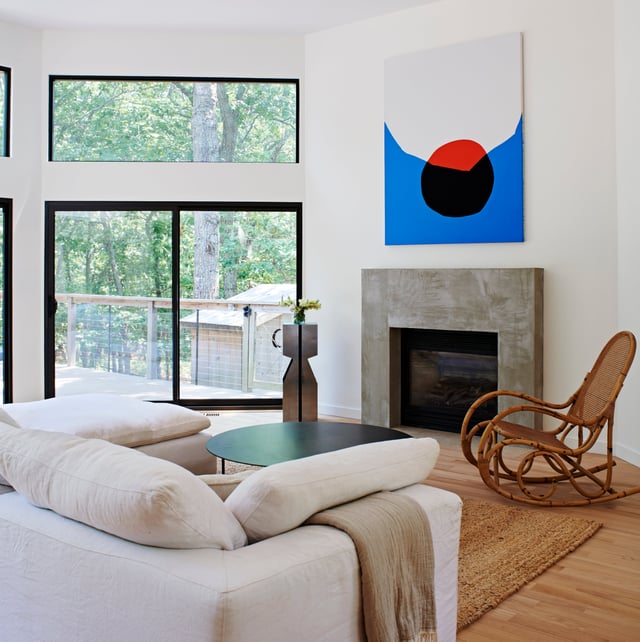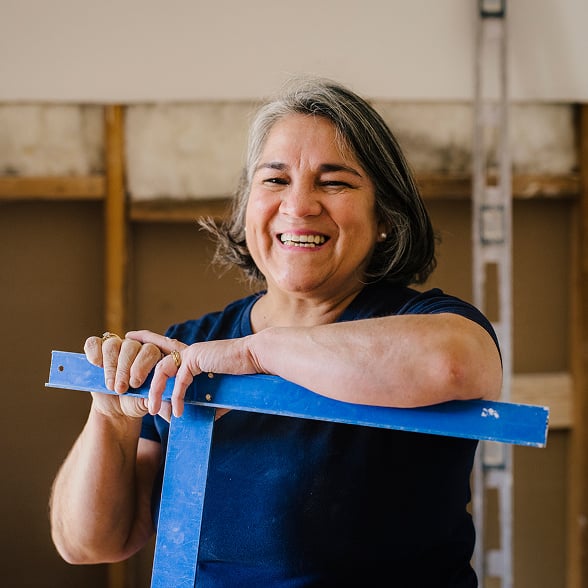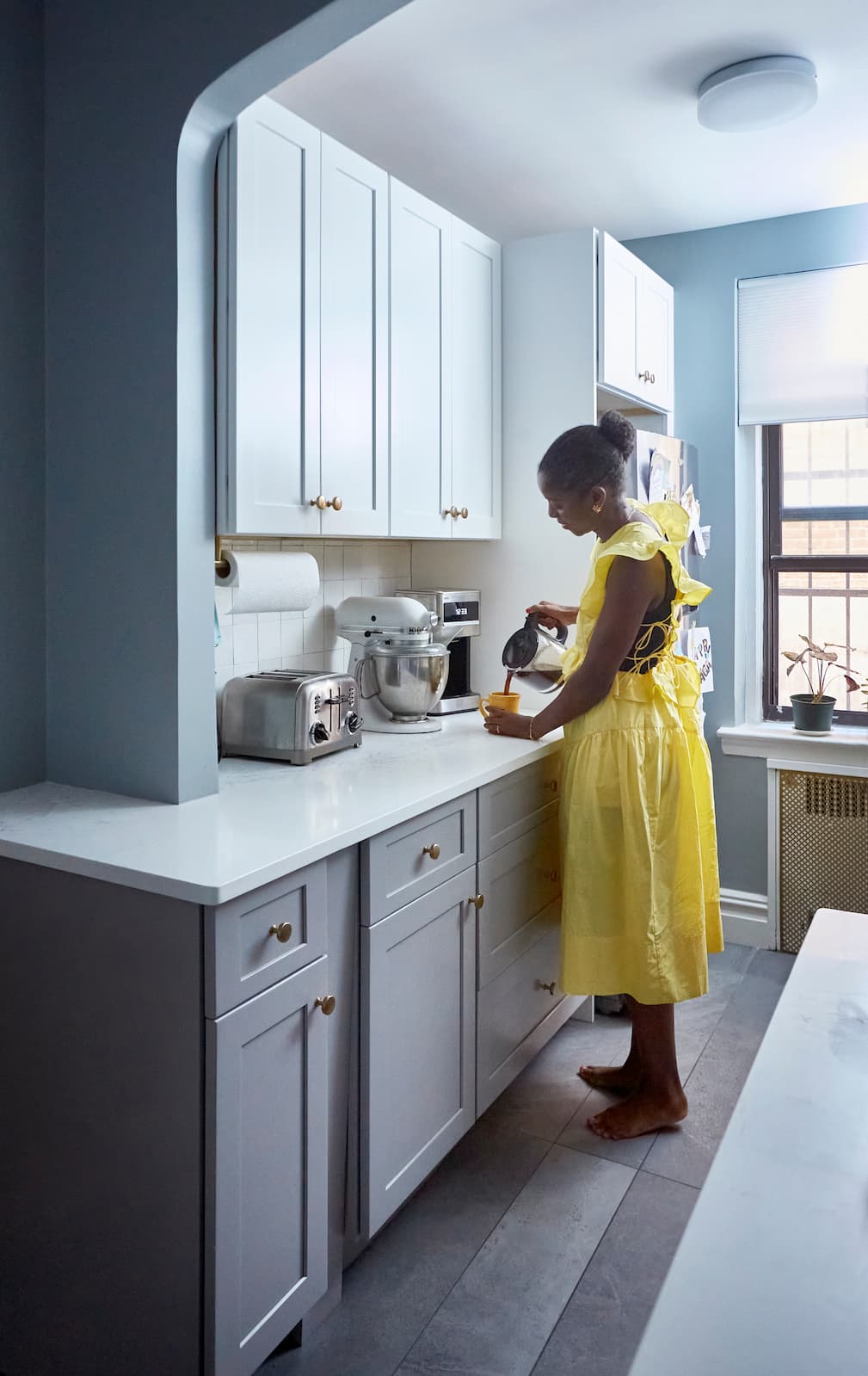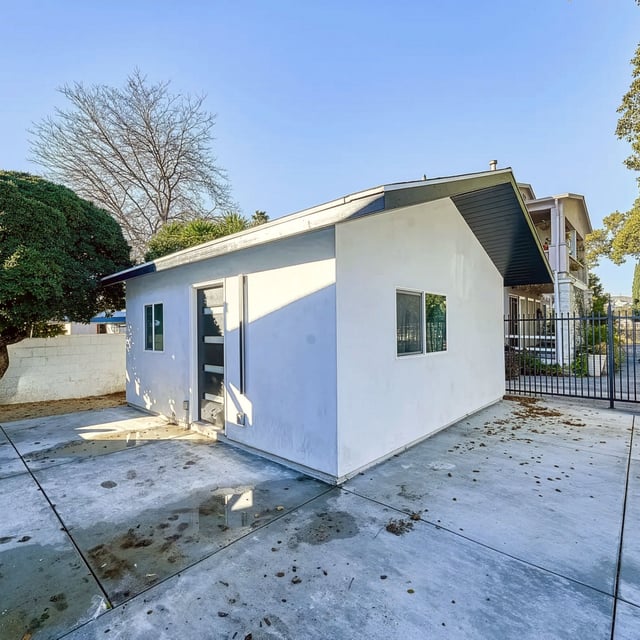
Home Addition
How Much Does It Cost to Build or Remodel a Guest House?
11.22.2025


In This Article
Ready to expand and refresh your home with an addition? Whether you’re adding a new ensuite bedroom, a sunroom, or another type of space, a home addition can be a great option for any homeowner. Home additions increase the square footage and functionality of your home, while also boosting its value.
Like any renovation project, you need to plan carefully for your home addition—starting with estimating and budgeting for your home addition costs. Read on for the latest info on the average cost of a home addition in 2024.
The exact cost of your home addition will depend on a variety of factors (more on those below), but before diving into specifics, it helps to see a ballpark figure. That way, you know if this type of project is even feasible yet for your budget.
Check out the following chart to get a sense of home addition cost ranges in major cities.
| Location | Average cost of home addition |
| New York City | $200–$600+ per sq ft |
| San Francisco | $300–$700+ per sq ft |
| Chicago | $100–$500+ per sq ft |
| Philadelphia | $100–$500+ per sq ft |
| Los Angeles | $200–$600+ per sq ft |
There are all sorts of reasons why you might want a home addition. The purpose of the space will help determine that project’s needs and how much it will cost to complete.
The following chart shows some of the most common types of home additions and their estimated costs.
| Type of home addition | Cost by type |
| Basic room addition | $80–$480+ per sq ft |
| Bathroom addition | $200–$600+ per sq ft |
| Kitchen addition | $250–$750+ per sq ft |
| Sunroom addition | $150–$550+ per sq ft |
| Mudroom addition | $100–$500+ per sq ft |
| Second-story addition | $150–$450+ per sq ft |
Design a Home That’s Uniquely Yours
Block can help you achieve your renovation goals and bring your dream remodel to life with price assurance and expert support.
Get Started
The total cost of your home addition project will be influenced by a number of factors you should take into account, including:
For example: If your home addition requires plumbing, electricity, and/or an HVAC system, those renovation costs will add up. Each type of task requires a licensed specialist and an applicable building permit—and all of the attached fees.
Learn more: Demystifying the Costs of a Home Renovation Project
If you’re concerned about staying within budget, don’t worry—there are plenty of actions you can take up front to help you save on the cost of your home addition.
Upfront planning is key to renovation projects. You and a designer or architect should make a detailed plan from the start. That will help you avoid costly changes and delays once construction gets underway.
Any successful home renovation is covered by realistic budget planning. Be honest with yourself about your finances and access to funds: How much can you afford to spend on the addition? Your budget should account for labor, design, materials, permits, and any unforeseen expenses.
It’s fun to daydream about intricate designs, but the reality is: The more complex your design, the more expensive the home addition costs will be. To work within a smaller budget, finalize a simpler design for your home addition. You can deprioritize luxury features while still meeting the needs of your new space.
Your project costs are affected by not only where and what you’re renovating, but when you’re kicking off the project. Plan your project during off-peak seasons when contractors are more available and labor costs are lower. Typically, this is during the winter months.
Learn more: How to Plan Your Renovation Budget
Renovate now, pay later
Achieve the space you're looking for today, while financing it over time with our trusted partner.*
*Not available in NYC
Learn More
Return on investment (ROI) is never guaranteed when you renovate your home. But typically you can get a pretty decent ROI for home additions.
This chart shows the latest ROI estimates for different types of home additions:
| Type of home addition | Average ROI |
| Basic room addition | 50%–70% |
| Bathroom addition | 60%–70% |
| Kitchen addition | 60%–80% |
| Sunroom addition | 50%–60% |
| Mudroom addition | 50%–60% |
| Second-story addition | 65%–75% |
In conclusion, understanding the costs of a home addition is essential for effective planning and budgeting. As highlighted in the guide, expenses can vary widely based on factors such as location, the type of addition, materials used, and labor costs. For instance, in New York City, home addition costs range from $200 to $600+ per square foot, while in cities like Chicago and Philadelphia, the range is $100 to $500+ per square foot.
Different types of additions also come with varying costs. A basic room addition might cost between $80 and $480+ per square foot, whereas more complex additions like kitchens can range from $250 to $750+ per square foot.
To manage these costs effectively, the guide recommends several strategies:
Plan Thoughtfully: Engage with designers or architects early to create detailed plans, helping to avoid costly changes later.
Set a Realistic Budget: Account for all aspects, including labor, materials, permits, and unexpected expenses.
Simplify Your Design: Opting for simpler designs can significantly reduce costs.
Time Your Project: Scheduling during off-peak seasons, like winter, can lead to savings due to lower labor costs .
By carefully considering these factors and planning accordingly, homeowners can undertake home additions that enhance their living space and potentially increase property value, all while staying within budget.
For more guides to help you plan your upcoming remodel, read:
Remodel with confidence through Block

Connect to vetted local contractors
We only work with top-tier, thoroughly vetted contractors

Get expert guidance
Our project planners offer expert advice, scope review, and ongoing support as needed

Enjoy peace of mind throughout your renovation
Secure payment system puts you in control and protects your remodel

Written by Block Renovation
How do you choose the right contractor for a home addition?
Is it cheaper to build up or out when adding to a home?
Do home additions require building permits?
How long does a typical home addition project take?
What factors can increase the cost of a home addition?

Renovate confidently with Block
Easily compare quotes from top quality contractors, and get peace of mind with warranty & price protections.
Thousands of homeowners have renovated with Block

4.5 Stars (100+)

4.7 Stars (100+)

4.5 Stars (75+)

Home Addition
How Much Does It Cost to Build or Remodel a Guest House?
11.22.2025

Home Addition
Bungalow Addition Ideas & Costs: Add More Space to Your Bungalow
11.14.2025

Home Addition
Cape Cod Additions - How to Do it Right
11.14.2025

Home Addition
Pembroke + Hanover, MA Home Additions Guide
11.11.2025

Home Addition
How Much Value Does an ADU Add in California Markets
10.14.2025
Renovate confidently